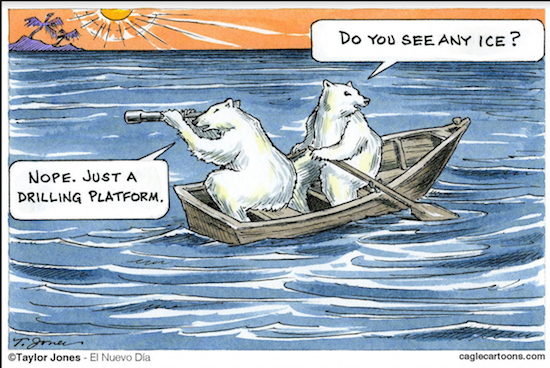OPINION: As rift grows, cause of Antarctica ice shelf crack draws scientists’ attention

Cracks in the ice shelf are par for the course. But one crack just keeps growing — and it has scientists hunting for answers.
In Antarctica’s Larsen C ice shelf, what started as a tiny crack in the 1960s has become a 90-mile rift nearly a third of a mile deep. Most of the change has occurred since 2014, when that crack suddenly began growing more rapidly. And unlike other cracks, which tend to stop opening at some point, this rift has continued to expand.
At first glance, climate change might appear to be the obvious answer. After all, warming air and water contributed to the demise of Larsen A and Larsen B, two ice shelves that lay to the north of Larsen C until they warmed and splintered in 1995 and 2002. But experts suggest that climate change may be more of a future concern than it is a present cause. And understanding the root cause of this crack may hold the key to predicting future ice movements.

Brooklyn Boro
View MoreNew York City’s most populous borough, Brooklyn, is home to nearly 2.6 million residents. If Brooklyn were an independent city it would be the fourth largest city in the United States. While Brooklyn has become the epitome of ‘cool and hip’ in recent years, for those that were born here, raised families here and improved communities over the years, Brooklyn has never been ‘uncool’.